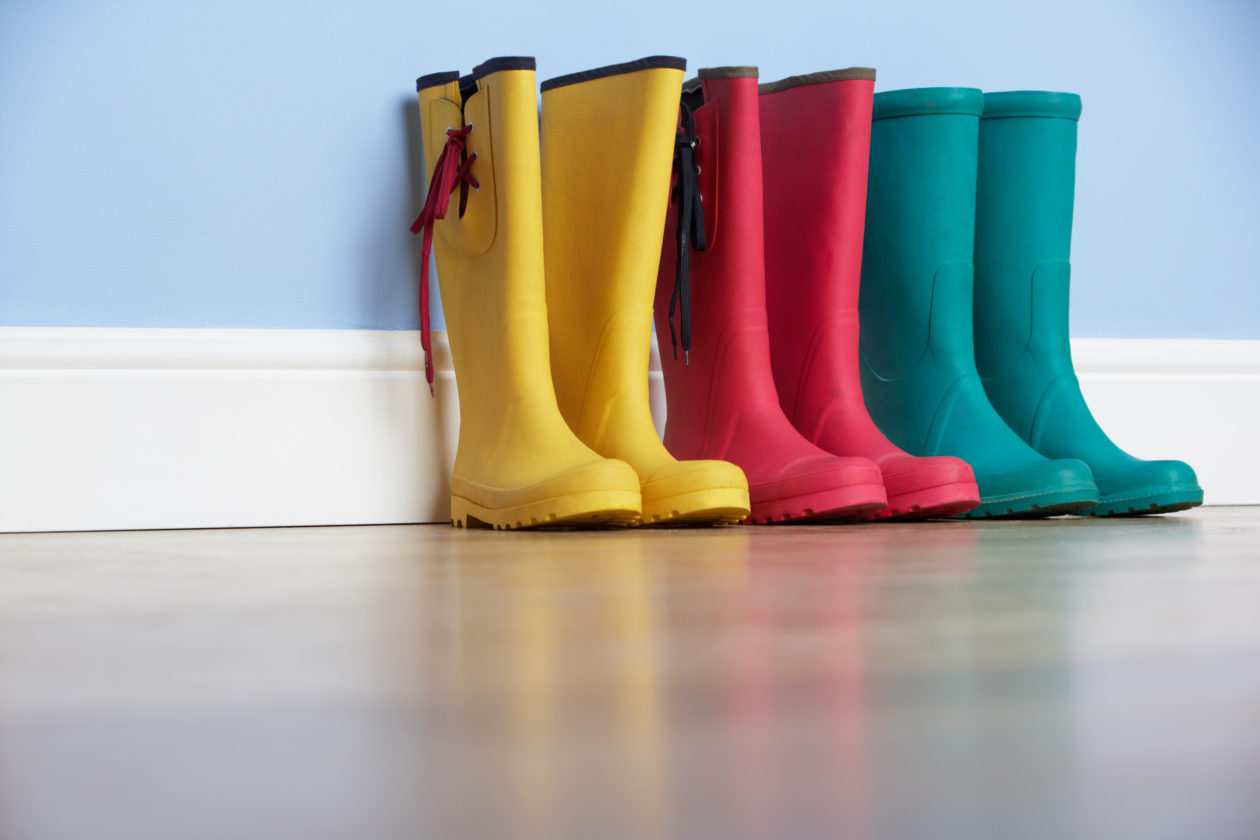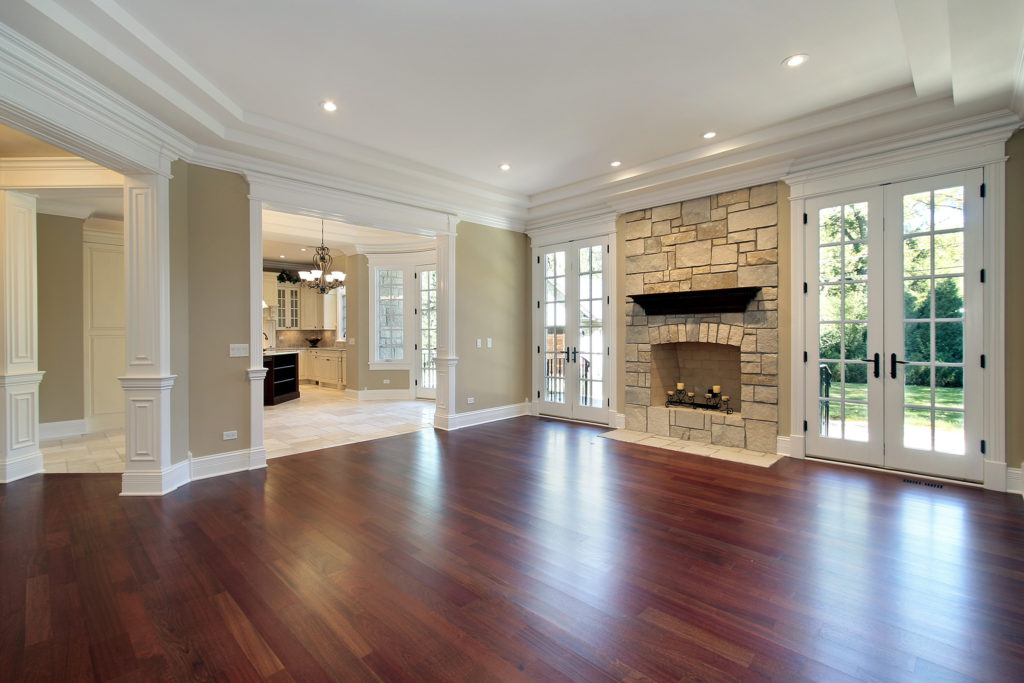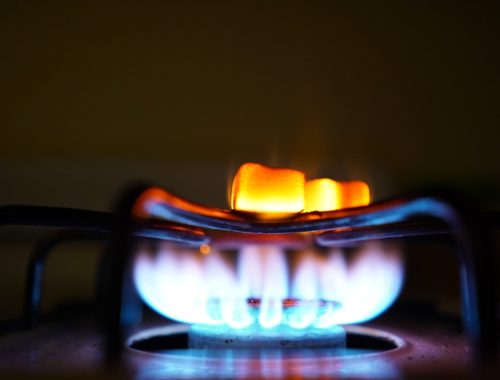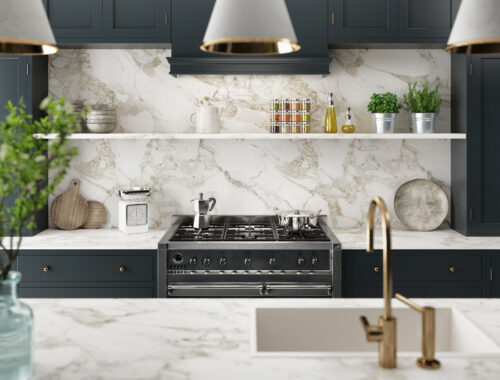
Shoe Mold in Dallas: White or Stained on Wood Floors?
The question of white or stained shoe mold or quarter round on wood floors is a question up there with rolling your toilet paper under or over.
I’ve been in quite a few homes across the Dallas area and work only with the best floor contractors. Below is my take on the white vs stained debate.
First Things First, What Is Shoe Molding and Quarter Round?
Shoe mold or quarter round is a thin piece of wood that covers the gap between the floor and the bottom edge of the baseboard. Quarter round is rounded piece of wood – think a quarter of a circle. Shoe mold has a flat front surface.
Many prefer having this wood trim at the bottom of their baseboard because it protects the majority of the baseboard from getting scuffed and dirty. It also keeps debris from getting in the little gaps under the baseboard.
White Shoe Mold/Quarter Round

This is the most popular option. If you are renovating a home for resale or are overwhelmed by the decision, this is the no-brainer choice.
Many like the white shoe mold because they think it elongates the baseboard and gives a cleaner look. The current trend is definitely a higher baseboard – between 5-7″ and higher – so this white shoe-mold option lends to that trend.
The farther North of LBJ/635 (Dallas) your home is located, the more popular this choice seems to be. This also tends to be more popular trend among “younger,” first-time homeowners.
Stained Shoe Mold/Quarter Round

Though stained shoe/quarter round is not as popular an option, it does tend to be a standard in higher-end homes and historical homes. My contractors who primarily work for luxury home builders in the Dallas area install quarter round or shoe mold that matches the wood floors unless you request otherwise.
Online, you will read that floor contractors push stained shoe mold because they charge more for stained, but my contractors charge the same for stained and primed. Raw wood trim is less expensive than primed wood trim. Staining the shoe mold is simple, so labor + materials should be comparable.

White shoe mold is more expensive for me as a project manager because I then have to hire my painter to paint the primed shoe mold to match the baseboard. Usually, he’s touching up anyhow, but something to keep in mind when considering the process and labor needs.
Homes in areas like Park Cities, Preston Hollow, Preston Trails and the Oak Cliff Historic District are more likely to be finished out with a stained shoe-mold. It’s the finish-out and detail that really separates a high-end home from a production-built home.
Aesthetics aside, an advantage to stained is that it hides scuffs and stains better, also protecting the white baseboard.
Another Option: Ditch the Shoe Mold/Quarter Round

On par with the popularity of white shoe mold is not using a shoe mold or quarter round at all.
This is an easy choice for those who don’t want to make a choice or who want sleeker more modern lines to match the style of their home.
Have your contractor run a line of caulk along the bottom of the baseboard where it meets the wood to keep debris from getting underneath the baseboard.
PROJECT MANAGEMENT TIP: Whether you are installing tile or wood, make sure your installer knows before-hand if you are not using shoe-mold/quarter round. It will affect how they install against the walls.
Ultimately, it’s your choice. If you’re torn between choices, do a quick online image search for wood floors and shoe mold color. Compare the looks and choose what makes you most happy.
Happy Renovating!





